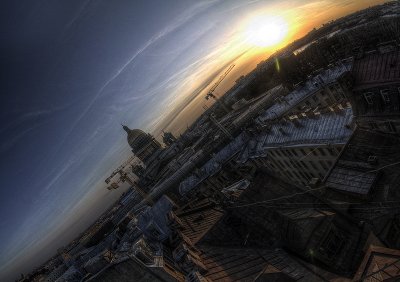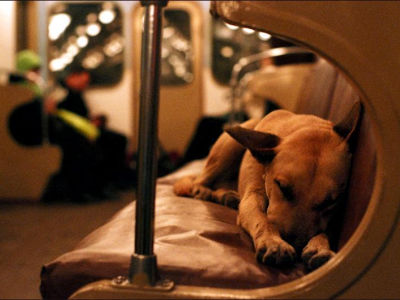Legendary fashion magazine 'Siluett' which was issued in Estonia during the former Soviet era

In the Soviet Union , Hollywood movies, rock, heavy metal etc were forbidden as "commercial and childish things that lead to decadence." Estonia, which was dominated by the Soviet Union, was likewise regulated in culture, among which the fashion magazine "Siluett" gained great popularity, until finally Russian language was published. Jonathan Bousfield who found a magazine of the time in a secondhand bookstore in Estonia explains the specialness of Siluett along with the photograph.
Stray Satellite
http://straysatellite.com/siluett/
"Siluett" is a magazine issued by Tallinn Fashion House in 1958, probably the only fashion magazine officially launched in the occupation of Estonia by the Soviet Union. Very popular, at peak time not only Estonian but also Russian version was issued.
At the time Siluett was published, the Soviet Union was paying attention to aspects such as manufacturing of consumer goods and civic leisure. It is no wonder that such a magazine appeared in Tallinn, the capital of Estonia, which was recognized as a particularly Westernized place among the Soviet Union. Tallinn is considerably out of the main stream of the Soviet Union and there seems to be a relatively free atmosphere as an experimental place of pop culture.
Estonian model was adopted in Siluett, Estonian photographer took a picture, Western style was adopted in many points of design. On the other hand, I am inspired by local folk costumes such as knitting, hats and blouses.
The following is the cover of Siluett which was published in 1968.

Black and white photographs that can see the geometric silhouette dress like the 60's ... ...

A big flower pattern dress.
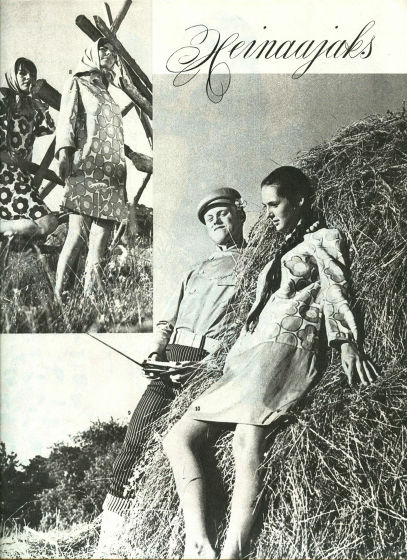
Illustrations of multicolor printing as well.
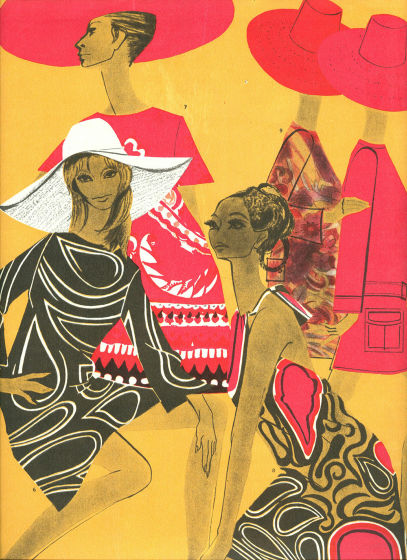
Atmospheric feeling at that time can be felt, such as sunburst sunglasses and earrings, Sassoon cut that Vidaru Sassoon invented.
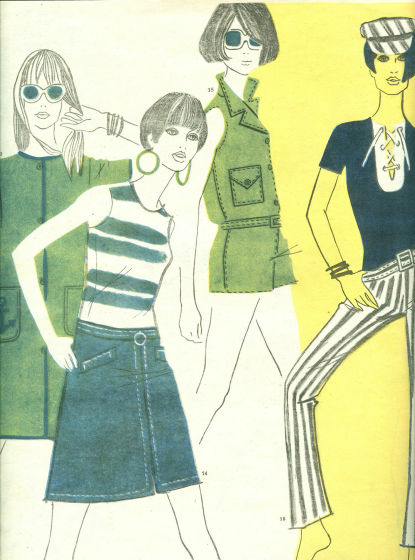
Color is colorful too.
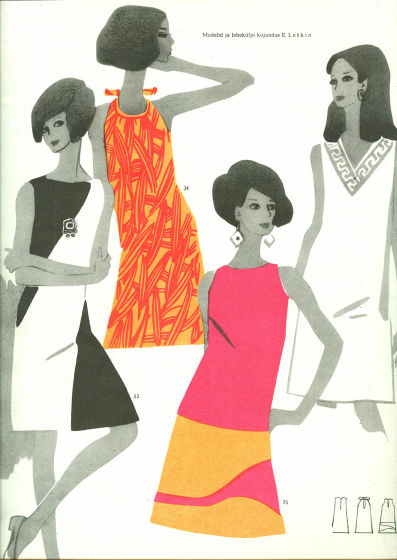
And, although it is a point often overlooked, it was said that there was also a characteristic in how to respond to readers. In all publications Siluett had patterns attached so that readers can make clothes themselves. In Estonia, which was occupied by the Soviet Union, there are few shops where there are enough clothes, so we had to make it in order to get the fashionable clothes.
"Everything is possible and it seems natural to develop," Siluett celebrated its peak in the 1960s. After that, in 1970, the layout of the magazine will not even be lost, the quality of color printing will fall and the design will become conservative as well.
The following was published in 1972. Although it changed from monochrome photograph to color photograph, it is calm color.
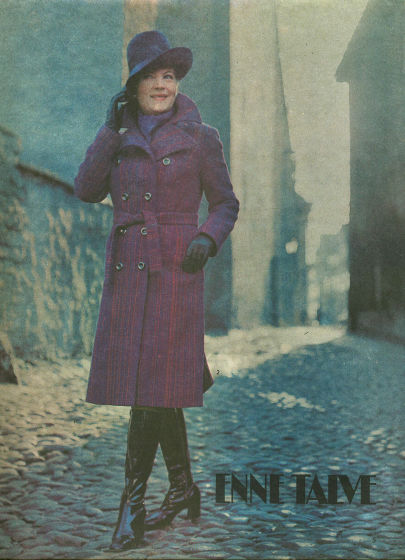
Fashion incorporating ethnic costumes.
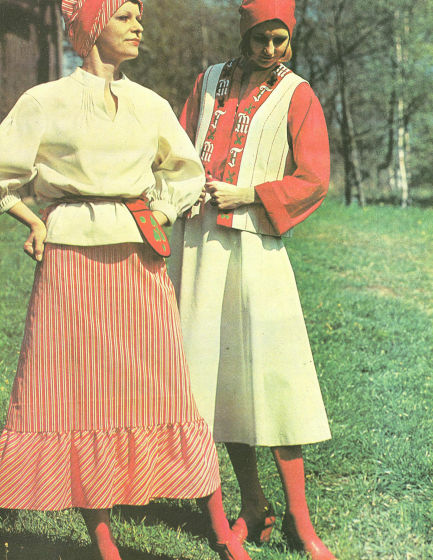
I can see that the atmosphere of the illustration has also changed in the 1960s and 1970s.
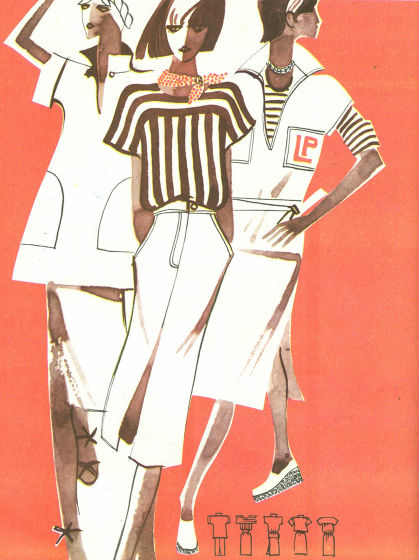
Overall, Siluett indicated that the way that the Soviet Union is able to match the Western modernity and style. However, on the other hand, it showed how the Estonian people 's art and design talents and skills have crossed over Moscow, which led to Estonian self - esteem.
Related Posts:


